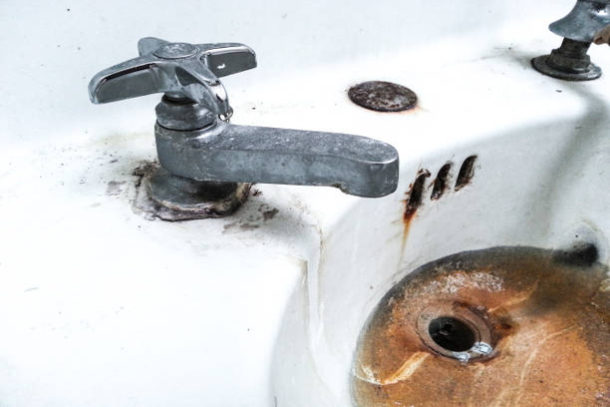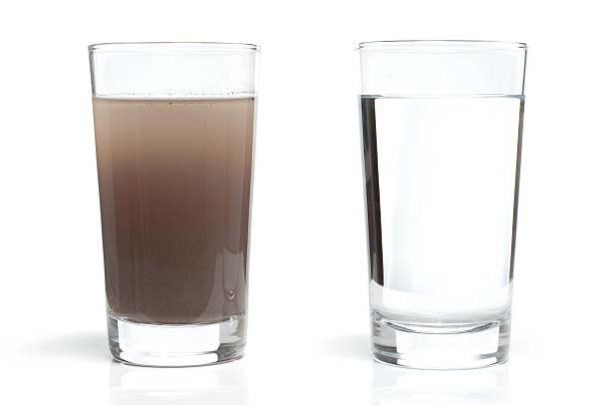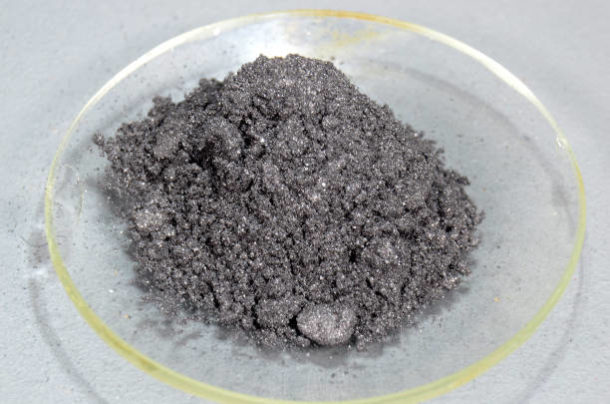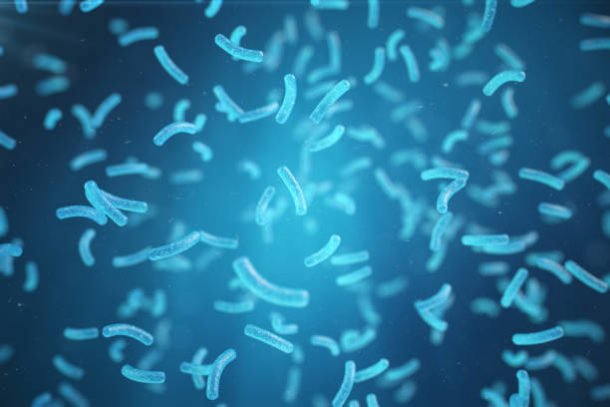The most common problem found in water may be hardness, generally associated with an abundance of calcium and/or magnesium dissolved in the water.
Hard water has not been shown to cause health problems, but can be a nuisance as it may cause soap curds and deposits to form on pipes and other plumbing fixtures. Over time this can reduce the diameter of the pipes.

Water that is red, orange, yellow, brown, or cloudy can signal iron, rust, or other contaminants in the water mains or your household plumbing.
A “rusty” or metallic taste in water is a result of iron, and sometimes manganese, in ground water. They not only create a bad taste, but they also can stain pipes and clothing.
You would know it if you had this problem! A frequent cause of musty, earthy odors in water is naturally occurring organic compounds derived from the decay of plant material in lakes and reservoirs.
In some parts of the country, drinking water can contain the chemical hydrogen sulfide gas, which smells just like rotten eggs.


Water can have an unpleasant odor, taste, or appearance.
These aesthetic characteristics usually do not pose a public health threat. State rules require public water systems to treat aesthetic water quality problems for new sources or if customers request treatment and are willing to pay for it. Most people want their water to look, taste, and smell good.
Turbidity is the measure of relative clarity of a liquid.
It is an optical characteristic of water and is an expression of the amount of light that is scattered by material in the water when a light is shined through the water sample. The higher the intensity of scattered light, the higher the turbidity. Material that causes water to be turbid include clay, silt, finely divided inorganic and organic matter, algae, soluble colored organic compounds, and plankton and other microscopic organisms.


The corrosion of pipes and plumbing fixtures can cause a multitude of problems with your water.
Corrosion is the gradual decomposition or destruction of a material by oxidation or by pH. A low pH can cause leaching of copper in the main plumbing of the house, eating away the structural integrity of the piping.
Prior to 1986 more than 70% of municipalities were using lead-based products for distributing water because lead was less expensive and more durable than iron.
This practice was finally banned in 1986 for new home construction.


Bacteria and viruses are microorganisms regulated by the EPA's Maximum Contaminant Levels criteria.
These bacteria are typically single-celled microorganisms that can cause health problems. Viruses, also microorganisms, are small and are often associated with diseases of fecal origin and transmitted by waterborne infection.
Your Nelsen Water Treatment Professional can help you overcome any of these issues and create a solution customized to your needs. To find out more, get your free water test today.